My role as a stable isotope research assistant
Charlotte Hipkiss has recently taken up a new position in the National Environmental Isotope Facility at BGS and gives us a little insight into her new position.
19/12/2023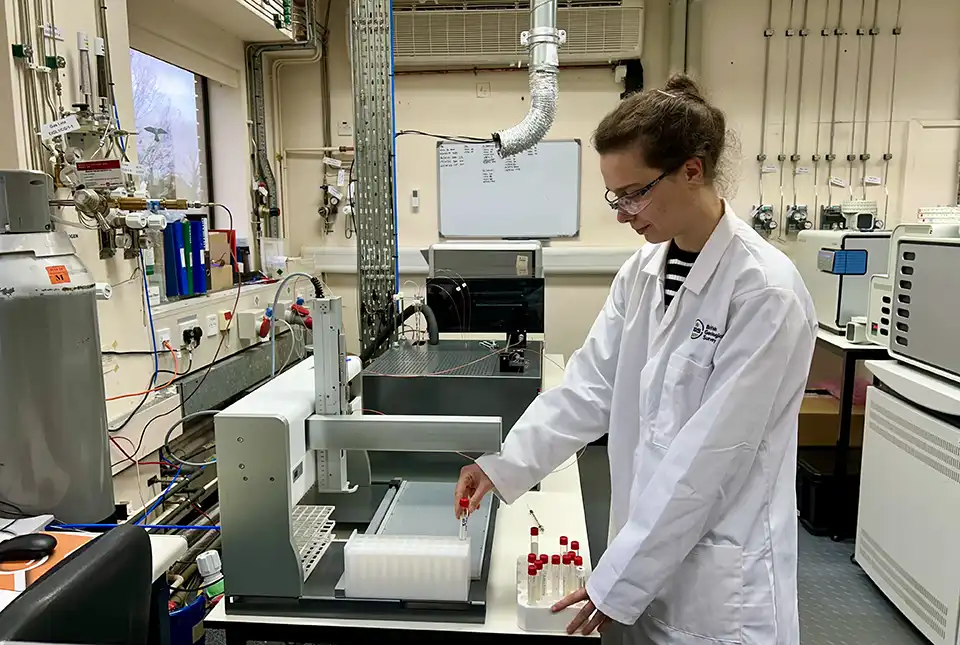
In July, I started my role as a stable isotope research assistant at the National Environmental Isotope Facility (NEIF) at BGS’s headquarters in Keyworth, Nottinghamshire.
Before I took on this role, I was studying for my PhD in ocean and earth science at the University of Southampton. My project involved the use of stable isotopes as part of a multi-proxy study to reconstruct climatic and environmental changes in tropical South Pacific islands during the late Holocene. The aim was to try and identify periods of drought and whether they were related to the timing of human migration across the tropical Pacific.
During the course of my PhD studies, I took part in a placement scheme that enabled me to gain experience working in the stable isotope facilities at BGS, learning preparation protocols and getting some hands-on experience with mass spectrometry. This enabled me to have a smooth transition into my new role as a stable isotope research assistant.
My new role so far has primarily involved analysing organic samples for the stable isotopes of carbon and nitrogen with Dr Jack Lacey. We work with a range of samples including lake sediments, ocean sediments and plants. The sample preparation involves using acid to remove any inorganic carbon from the sediment; the acid is then washed-out using water and the samples are dried. Following this, they are ground and weighed into small tin capsules ready for analysis. The data these analyses produce will provide scientists with information such as changing environmental conditions through time, including changes to vegetation, productivity and human effects on environmental systems.
These samples are analysed using our Isoprime PrecisION with Elementar vario ISOTOPE cube, which calculates the percentage carbon (C) and nitrogen (N) content, as well as the stable isotope values for δ15N and δ13C. This system works by combusting the samples at 950°C so they transform into gas. The gas is then passed through a series of traps that remove any unwanted contaminants or water and reduce the gas down to the elements we want to measure. The gas is then passed through to the mass spectrometer, where it is measured against a monitoring gas. This has let me experience independently running the organics mass spectrometer, giving me the chance to learn more about the system, and offers regular problem-solving opportunities.
I have also had time to learn the process for running the small carbonates mass spectrometer with our geochemistry technician, Kotryna Savickaite. This has involved working with very different materials such as corals, shells and other marine organisms. It has been good to get involved with other aspects of the varied work we do at NEIF and expand on my skills and knowledge in this area.
Everyone in the stable isotope team has been friendly and welcoming and I am keen to continue learning more about the work that goes on at BGS and get involved with some cool science.
About the author

Dr Charlotte Hipkiss
Stable isotope research assistant
Relative topics
Related news
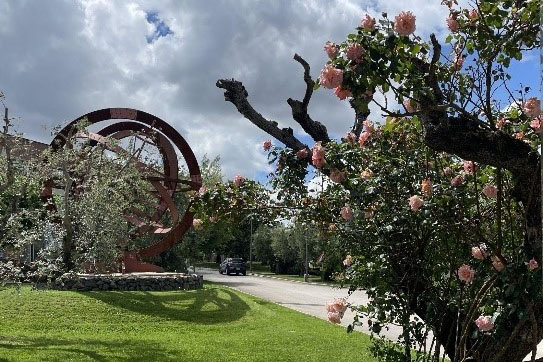
AI and Earth observation: BGS visits the European Space Agency
02/07/2025
The newest artificial intelligence for earth science: how ESA and NASA are using AI to understand our planet.
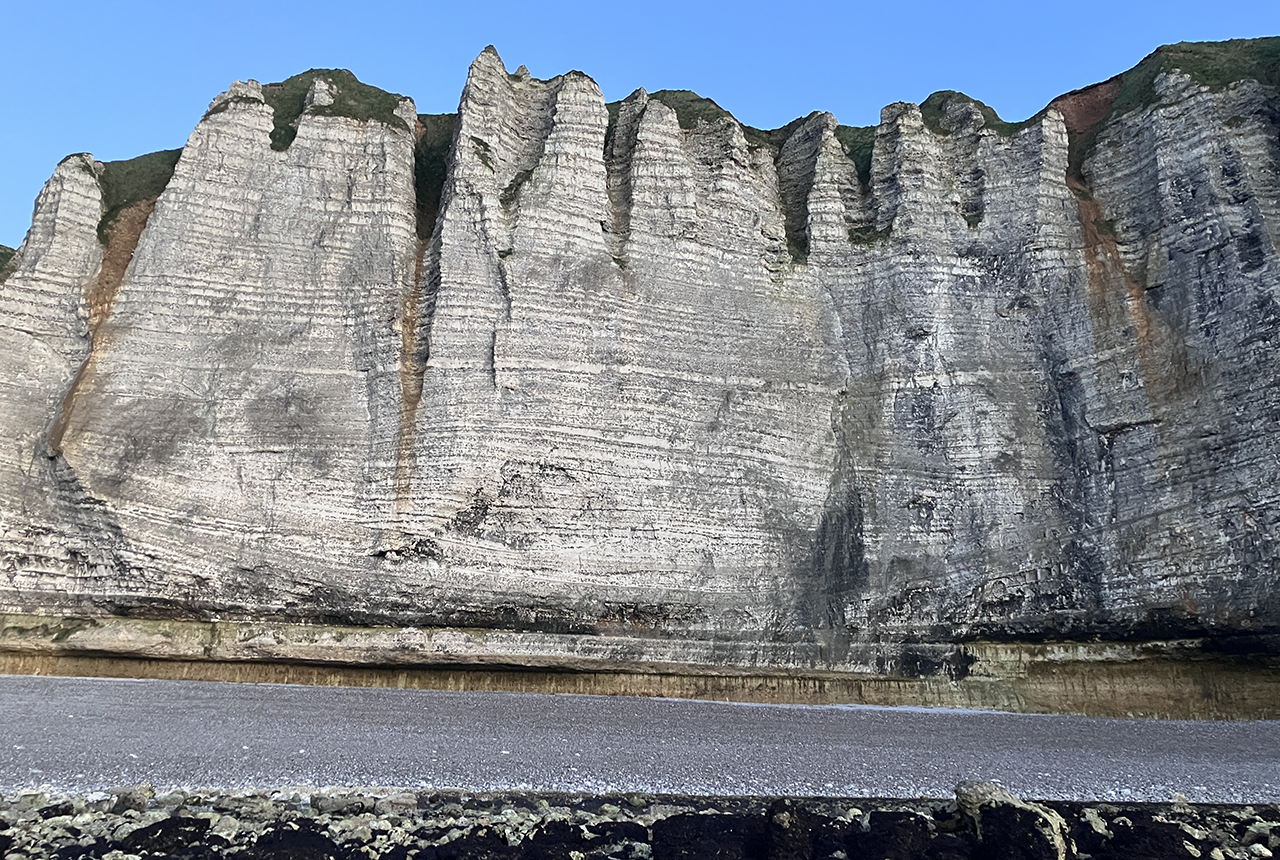
Geology sans frontières
24/04/2025
Geology doesn’t stop at international borders, so BGS is working with neighbouring geological surveys and research institutes to solve common problems with the geology they share.
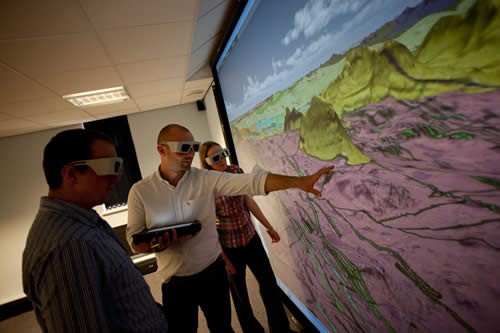
Celebrating 20 years of virtual reality innovation at BGS
08/04/2025
Twenty years after its installation, BGS Visualisation Systems lead Bruce Napier reflects on our cutting-edge virtual reality suite and looks forward to new possibilities.
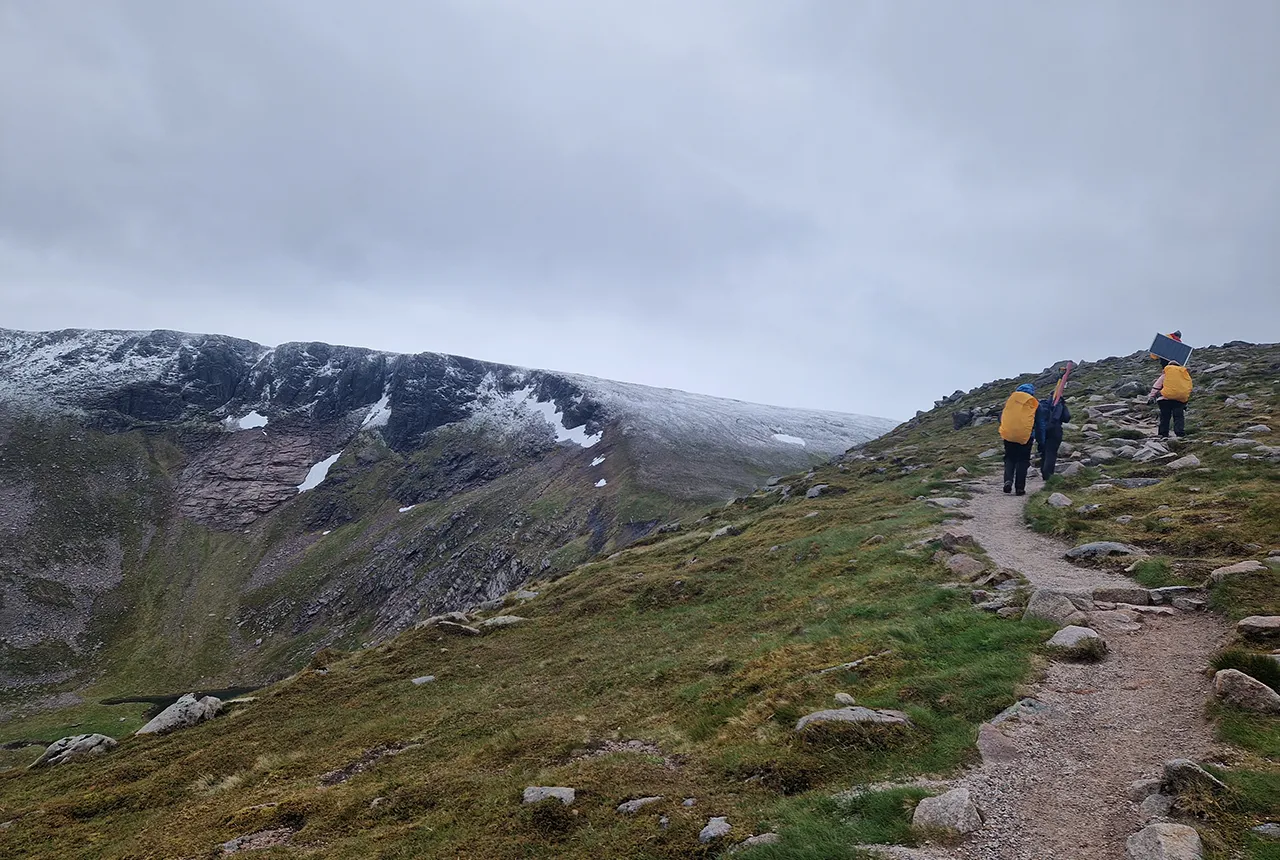
Exploring Scotland’s hidden energy potential with geology and geophysics: fieldwork in the Cairngorms
31/03/2025
BUFI student Innes Campbell discusses his research on Scotland’s radiothermal granites and how a fieldtrip with BGS helped further explore the subject.
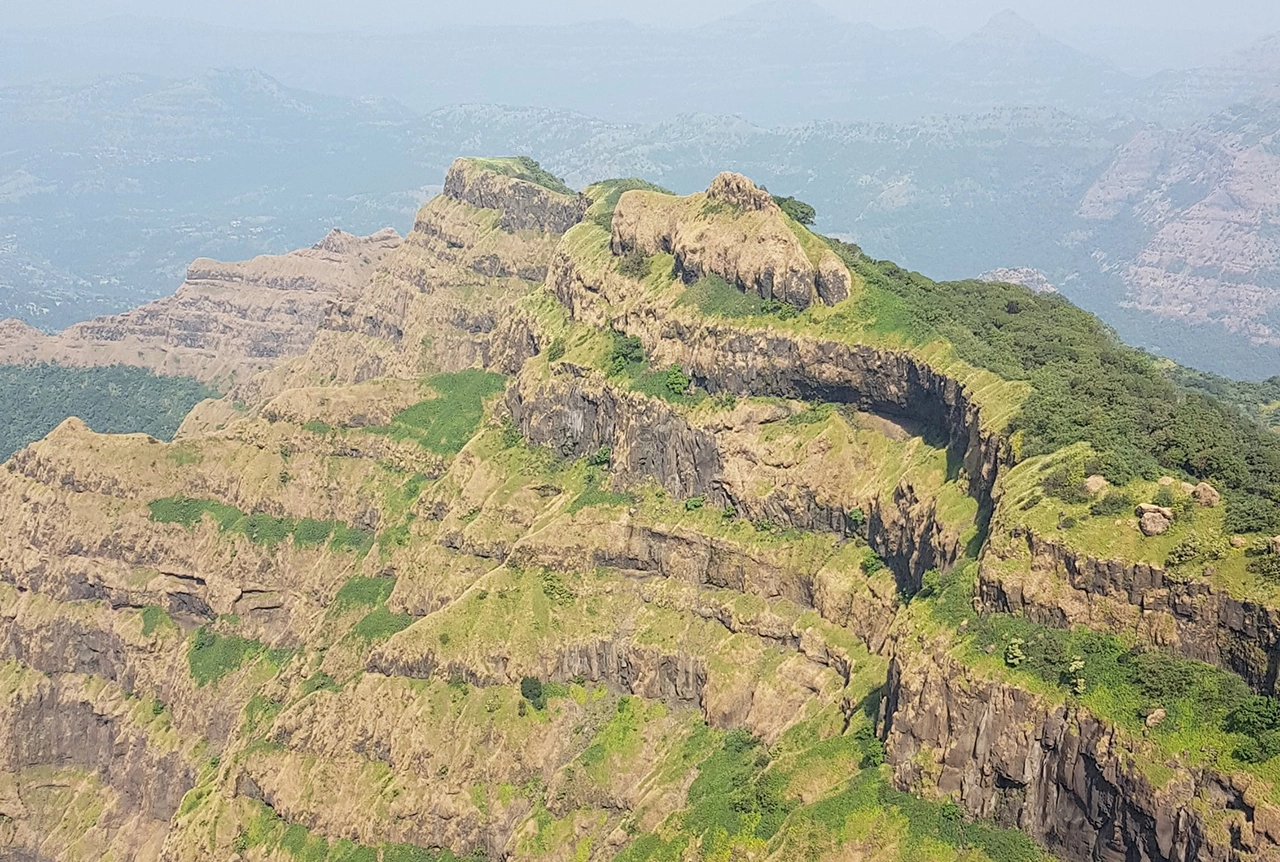
Could underground disposal of carbon dioxide help to reduce India’s emissions?
28/01/2025
BGS geologists have partnered with research institutes in India to explore the potential for carbon capture and storage, with an emphasis on storage.
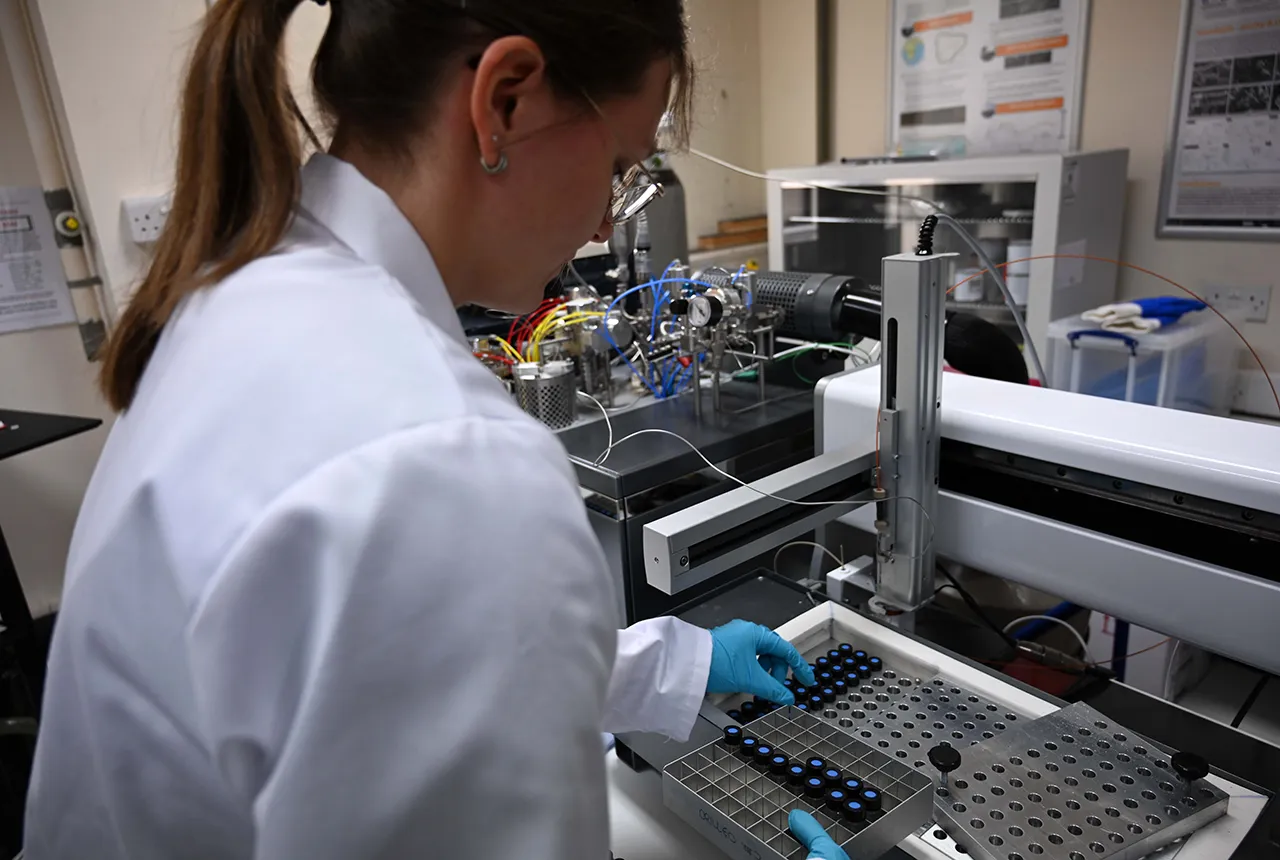
Carbon and oxygen isotope analysis of carbonates and the development of new reference materials
18/12/2024
Dr Charlotte Hipkiss and Kotryna Savickaite explore the importance of standard analysis when testing carbon and oxygen samples.
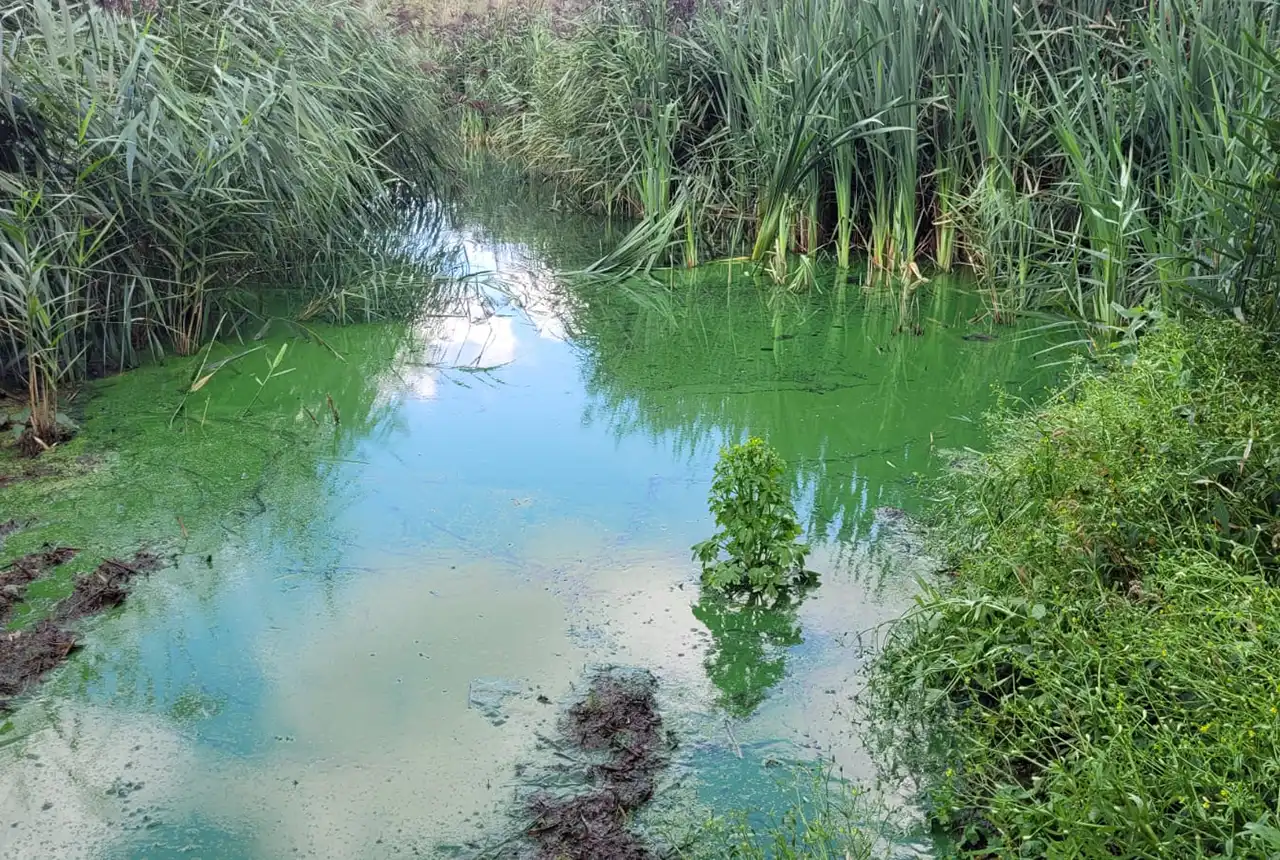
Studying oxygen isotopes in sediments from Rutland Water Nature Reserve
20/11/2024
Chris Bengt visited Rutland Water as part of a project to determine human impact and environmental change in lake sediments.
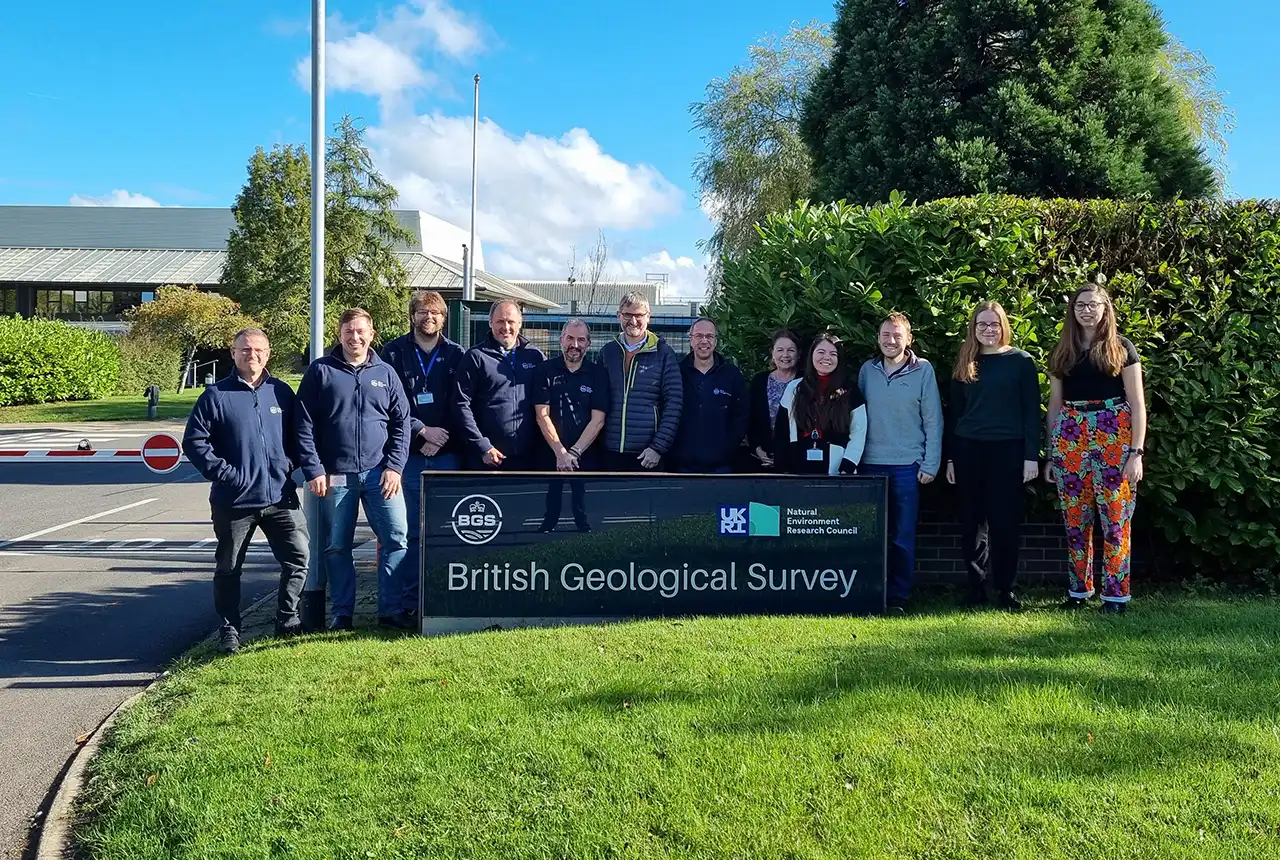
Celebrating 25 years of technical excellence at the BGS Inorganic Geochemistry Facility
08/11/2024
The ISO/IEC 17025 accreditation is evidence of technical excellence and reliability, and a mark of quality assurance.
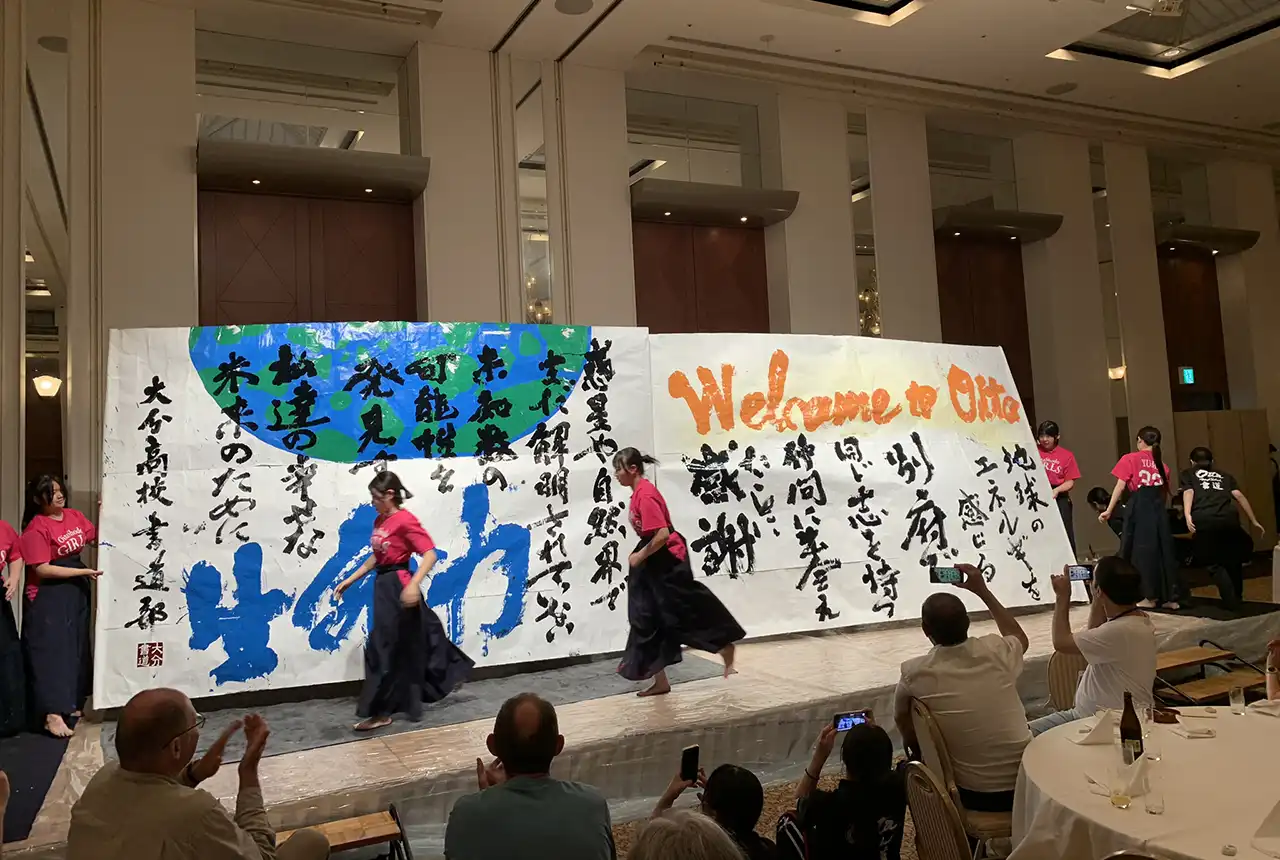
Electromagnetic geophysics in Japan: a conference experience
23/10/2024
Juliane Huebert took in the fascinating sights of Beppu, Japan, while at a geophysics conference that uses electromagnetic fields to look deep into the Earth and beyond.
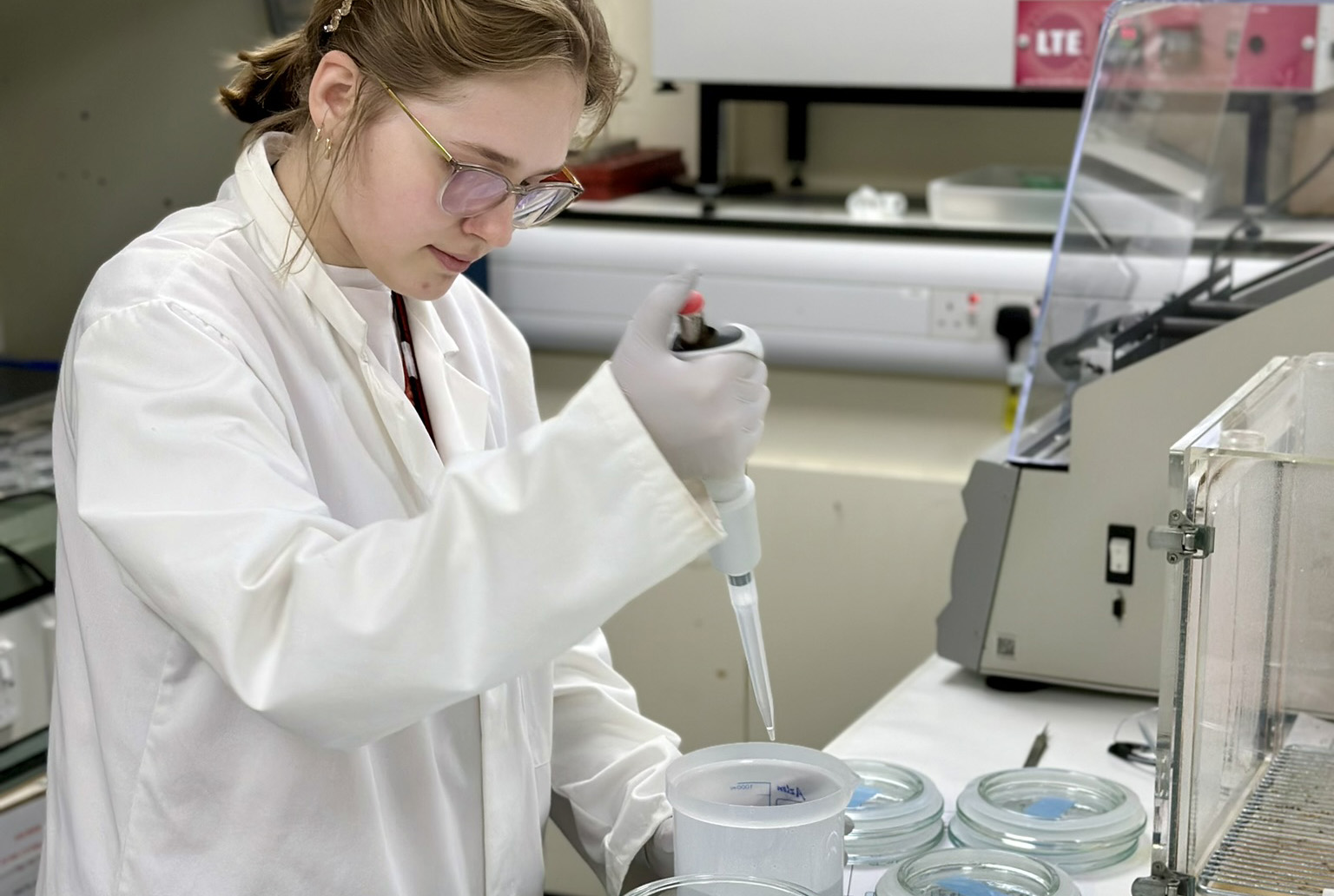
Exploring the role of stable isotope geochemistry in nuclear forensics
09/10/2024
Paulina Baranowska introduces her PhD research investigating the use of oxygen isotopes as a nuclear forensic signature.
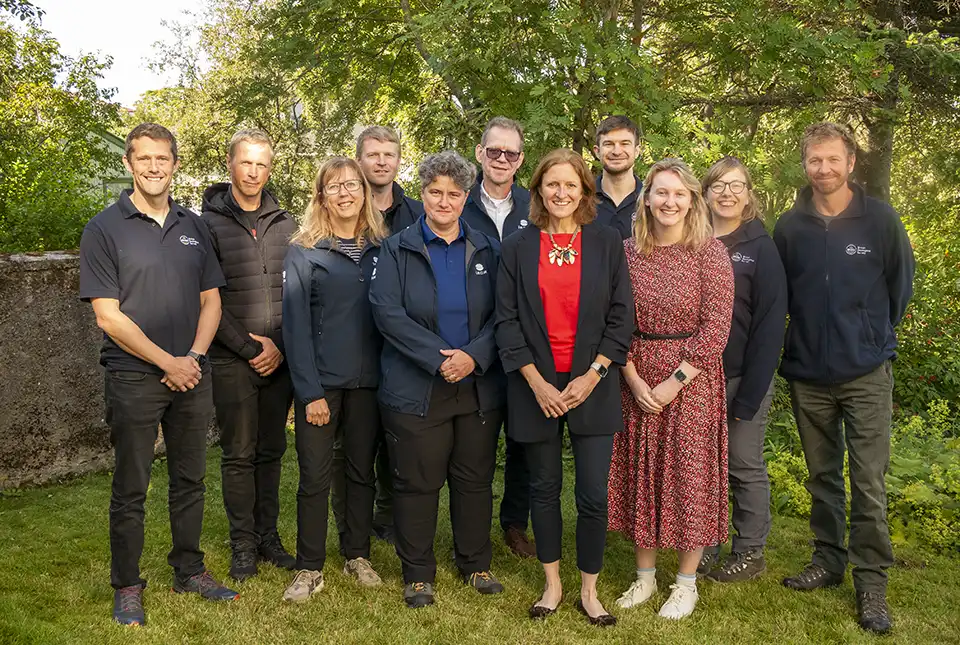
BGS collaborates with Icelandic colleagues to assess windfarm suitability
03/10/2024
Iceland’s offshore geology, geomorphology and climate present all the elements required for renewable energy resources.

Mining sand sustainably in The Gambia
17/09/2024
BGS geologists Tom Bide and Clive Mitchell travelled to The Gambia as part of our ongoing work aiming to reduce the impact of sand mining.


